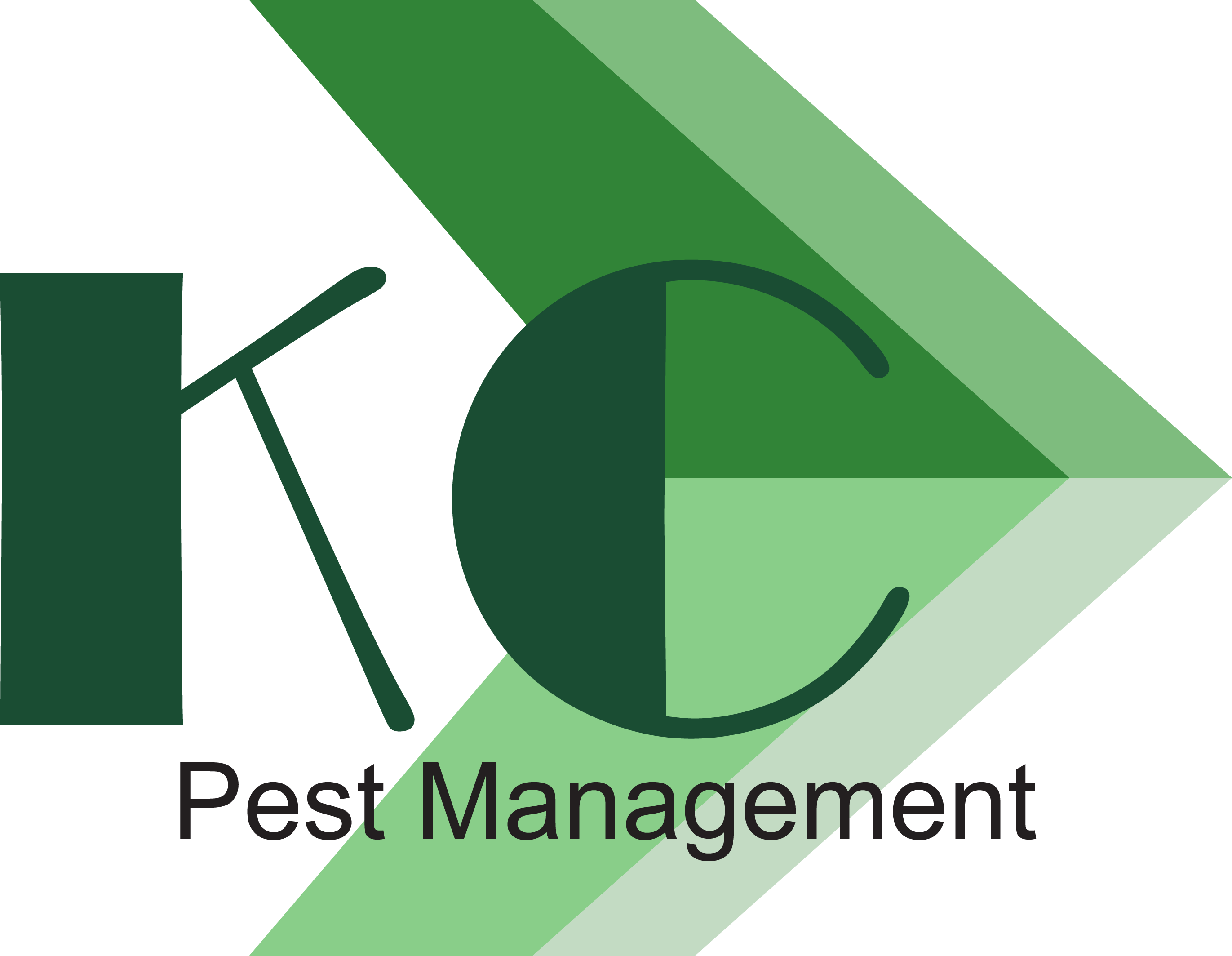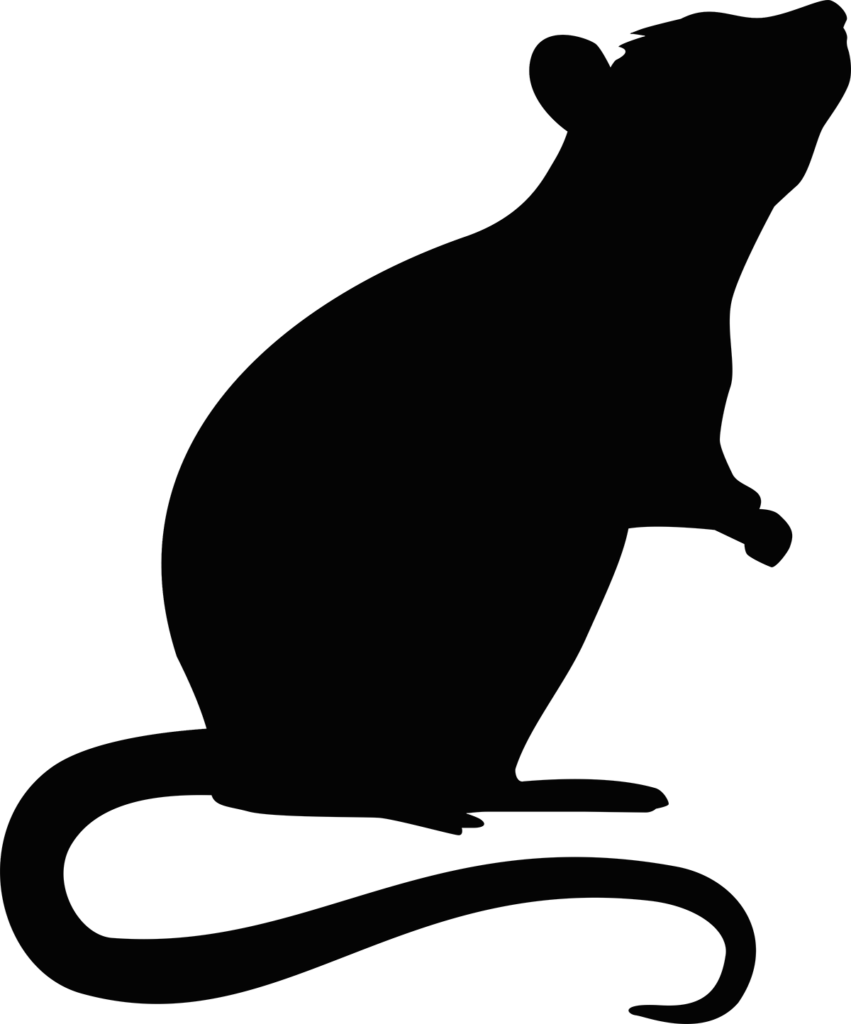Wasps
New Zealand is home to several species of wasps, including the common wasp, German wasp, and paper wasp. These species have become invasive in the country, negatively impacting the ecosystem and causing economic damage. Wasps prey on native invertebrates, honeybees, and other beneficial insects, disrupting the balance of the ecosystem. They also pose a risk to human health, as their stings can cause severe allergic reactions. The Ministry of Primary Industries has implemented several measures to combat the spread of wasps, including the release of biocontrol agents, public education campaigns, and encouraging the use of baited traps. These efforts have had some success in reducing the number of wasps, but continued efforts are needed to prevent further damage to New Zealand’s environment and economy.
Can I control the problem myself?
There are two common wasp species which are German wasps and paper wasps. German wasps are aggressive and have yellow and black stripes. They often build their nests indoors, in the ground, composts, loose branches, and debris on the ground. On the other hand, paper wasps have a brown color, long body, and thin waistlines. They are less aggressive than German wasps. Paper wasps build paper nests outdoors and use various materials including mud.






